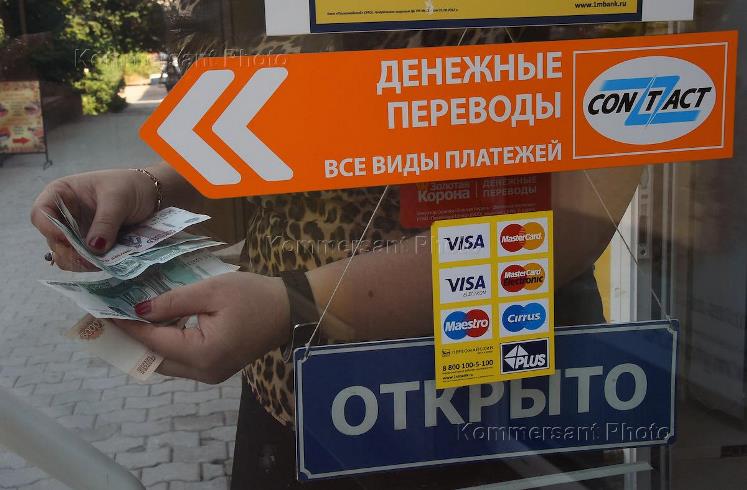A report by the Asian Development Bank (ADB) says Tajikistan’s economy grew by 8.2% over the first six months of this year with expansion in all sectors, its high growth momentum sustained by strong remittances and higher public sector salaries, which boosted private consumption.
Asian Development Outlook: September 2024 (ADO September 2024) notes that inflation in Tajikistan decelerated to 1.9% over the reporting period despite major tariff hikes and wage growth.
On the demand side, strong remittances and a rise in public sector salaries reportedly boosted private consumption. Remittances are estimated to have risen by 56% over the same six-month period compared to the same period last year with slower growth in the second quarter.
In May 2024 salaries averaged 14.5% above those a year earlier, with a further 40% rise in public sector salaries on July 1 alongside higher minimum wages, stipends, and pensions.
However, growth is expected to moderate in the second half of 2024 because tariff increases for electricity and irrigation water in January, and for broadband services in April, will slow business activity.
More stringent regulation of migrants in the Russian Federation will lower remittances, constraining growth. For these reasons, full-year growth projections remain unchanged from those in ADO April 2024
Inflation reportedly decelerated despite major tariff hikes and wage growth. Average annual inflation slowed from 2.3% in the first half of 2023 to 1.9% this year. However, year-on-year inflation rose from 2.4% in June 2023 to 3.5% in June 2024, reflecting notable price increases for food at 2.4%, other goods at 5.4%, and services at 4.1%. With inflation below its 4%–8% target, the National Bank of Tajikistan (NBT) lowered its key policy rate by 0.25 percentage points to 9.25% in February 2024. The Tajik national currency, the somoni (TJS), appreciated by 2.7% against the US dollar in the first half of 2024 but lost 2.4% of its value against the Russian ruble, the dominant currency of remittance inflows from labor migrants. With inflation expected to accelerate in the second half of 2024 from higher utility tariffs and salaries, inflation projections for 2024 and 2025 remain unchanged.
Higher revenue and constrained spending led to a budget surplus during the first half of 2024. Revenue totaled TJS21.2 billion, 5.3% above the same period in 2023. Tax revenue exceeded the government’s projections by 5.7%, accounting for 65.8% of total revenue, up from 61.6% a year earlier due to a broadened tax base and improved collection. Expenditure was TJS20.0 billion, with social outlays accounting for 61.5%. Public debt equaled $3.6 billion or 27.5% of GDP.
Strong remittances narrowed the current account deficit to 3.4% of GDP during the first quarter of 2024 despite a larger trade deficit. The merchandise trade deficit reportedly widened by 17.5% year on year to US$2.4 billion, reflecting a 24.9% rise in imports and a 47.1% rise in exports. The sale of gold and other precious metals accounted for 30.0% of merchandise exports, followed by mineral products at 21.9% and nonprecious fabricated metal products at 21.5%.
Gross international reserves rose from $2.4 billion at the end of March 2023 to $3.6 billion a year later, providing cover for 7.3 months of imports of goods and services.








GBAO, Rasht Valley districts are the first to fulfill their autumn conscription campaign targets
The resumed regular flight from Dushanbe to Khorog postponed due to bad weather
How do you know you're low-income?
The metro in Dushanbe will be underground, but the start date for construction is still unknown.
A woman from Khatlon province jailed for fightings alongside ISIL in Syria
Armenian troops boycott ongoing CSTO military drill in Kazakhstan
Russian, former participants of SVO in Ukraine, jailed for torturing a 6-yerar-old Tajik boy
Tajikistan’s GDP growth projected to reach 8.0 percent in 2024, says EBRD report
The European Union supports relations in the field of agricultural exports
The Taliban overturns tens of thousands of court rulings granting divorces to minors
All news
Авторизуйтесь, пожалуйста